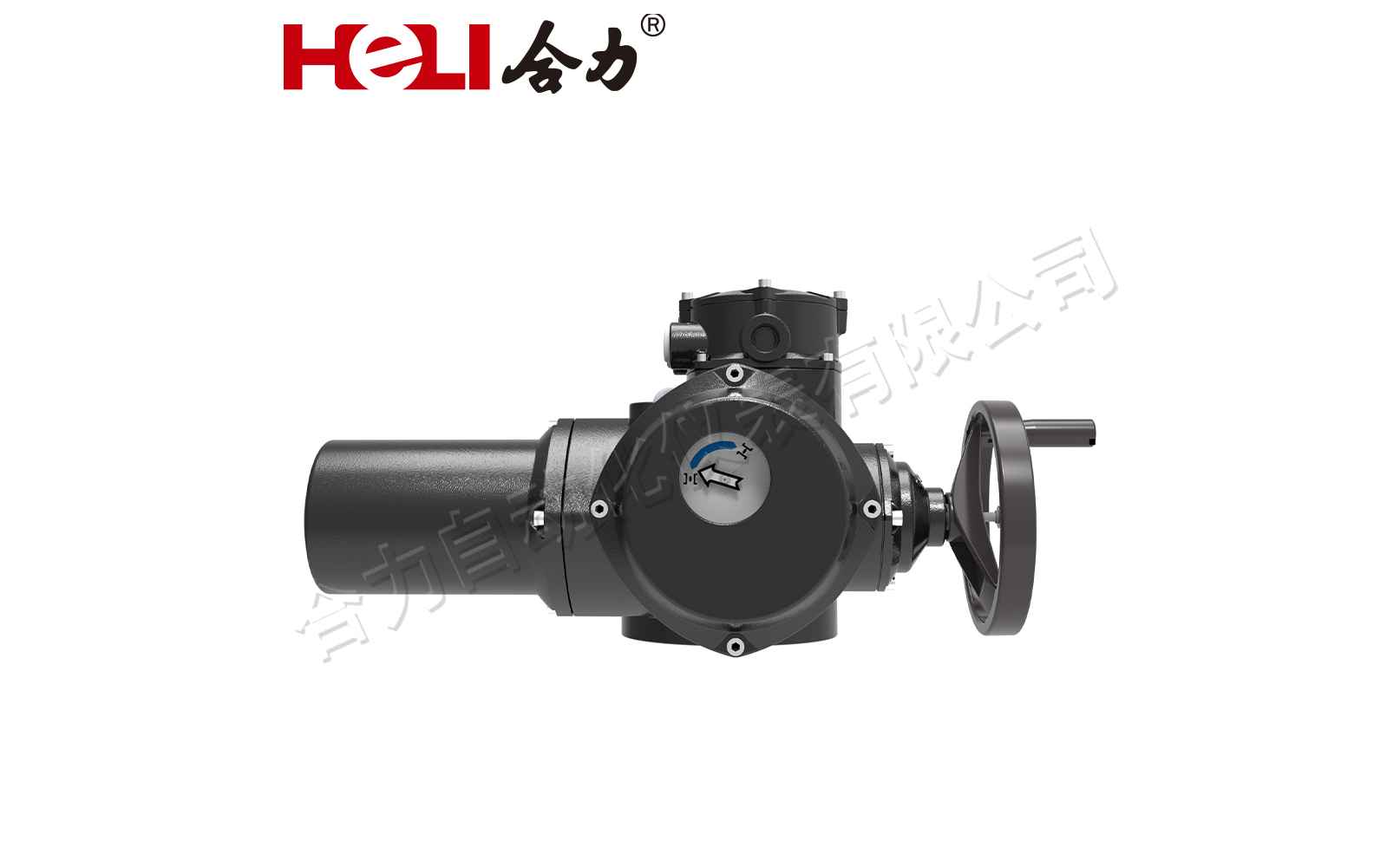understanding multi turn electric actuators: mechanisms, applications, and advantages
Release time:2025-08-30 13:43:37
Multi turn electric actuators are pivotal components in various automation systems, offering precise control and efficient operation of valve mechanisms and other rotary devices. These electromechanical devices convert electrical energy into mechanical motion, enabling multiple rotations to achieve the desired position in equipment such as valves, dampers, and other machinery. This article delves into the mechanisms, applications, and advantages of multi turn electric actuators, emphasizing their significant role in modern automation.

Mechanisms of Multi Turn Electric Actuators
At the heart of multi turn electric actuators lies a sophisticated mechanism that typically comprises an electric motor, a gearbox, a feedback sensor, and a control unit. The operational principles can be broken down into several steps:
Initiation of Motion: Upon receiving a control signal, the electric motor is activated. Depending on the design, the motor can be either an AC or DC type, selected based on the application’s requirements.
Gear Reduction: The motor drives a gearbox, which reduces the speed of the motor while amplifying the torque. This gearbox is crucial in ensuring that the actuator produces sufficient force to move heavy loads, such as large valves operating within industrial processes.

